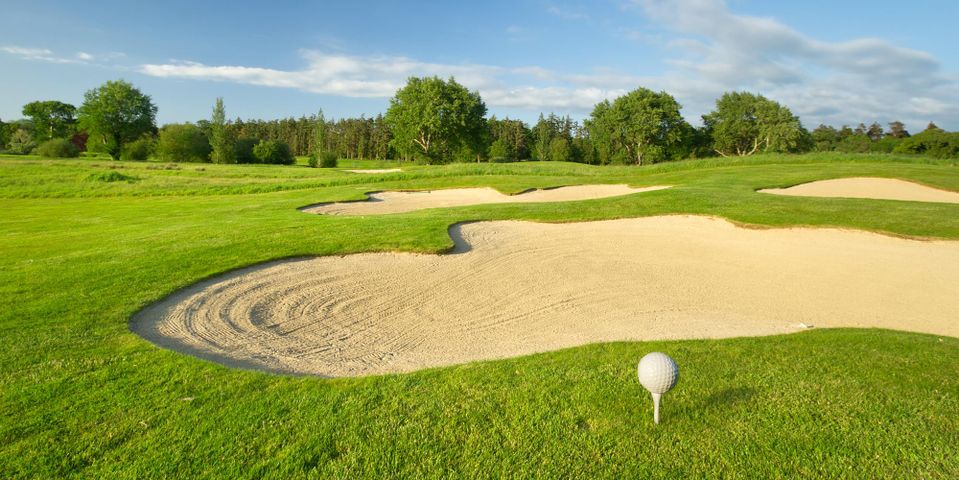How to Pick the Best Bunker Sand for Your Golf Course

As most golf fans know, a bunker is a strategic part of the game, and the type of sand used to create one makes a big difference in a player’s performance. Bunkers are areas constructed to test a player's ability to hit a ball from the sand, but sometimes the sand can feel inconsistent. So what is the best type of sand to use in a bunker?
A Guide to Choosing Golf Course Bunker Sand
Numerous Factors Matter
 The U.S. Golf Association believes eight factors contribute to high-quality bunker sand, including its particle size and shape, playability, crusting potential, chemical reaction and hardness, color, infiltration rate, and penetrometer value.
The U.S. Golf Association believes eight factors contribute to high-quality bunker sand, including its particle size and shape, playability, crusting potential, chemical reaction and hardness, color, infiltration rate, and penetrometer value.
Their studies show that the particle’s shape and size distribution are probably the two most important contributors, creating the firmest sand for play. They found that the best performing bunker sands contain mostly 0.25- to 1.0-millimeter particles and has an angular shape. Anything finer can impede drainage and create sand that is too soft, wet, or inconsistent, and other shapes don’t compact as well.
How to Buy the Right Sand
Before you purchase sand for your golf course bunker, have it tested by an accredited laboratory first to determine its size, shape, and other factors. For best results, request no less than 15 to 20 yards of sand to evaluate. The sand should be tested in multiple locations using a 2-inch PVC pipe, which collects a gallon of samples packed together for laboratory testing.
Whether you own a golf course or want to create a sand bunker in your yard for practice, you’ll find quality sand from Weeks Sand & Concrete. This company has served the Cameron, NC, and surrounding areas for almost 40 years. Their experts have the experience and knowledge to recommend the best type of sand for any project, and their mortar sand is known as the highest quality available. Call (919) 499-4272 to request an estimate or visit them online to learn more about their services.
About the Business
Have a question? Ask the experts!
Send your question

